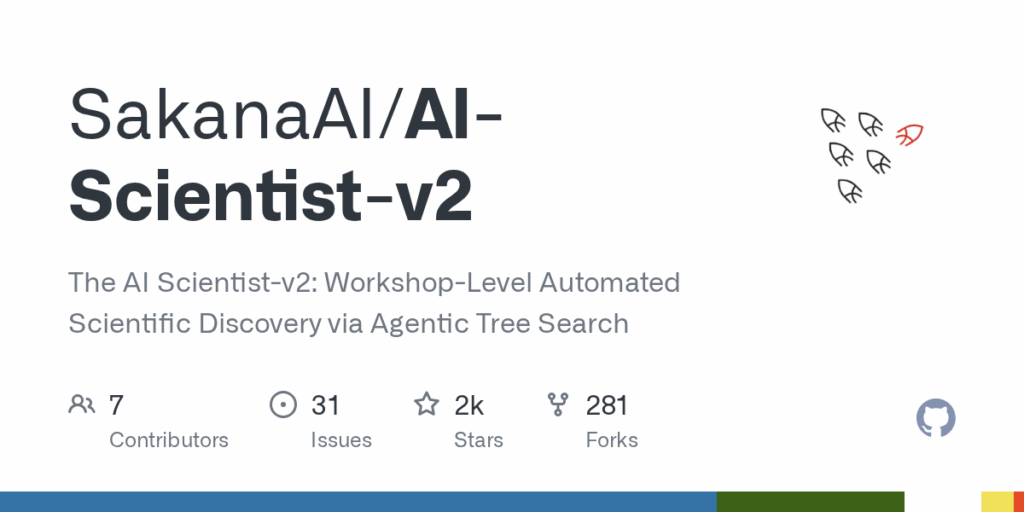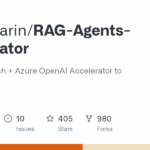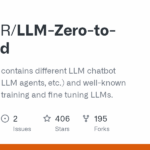AI Scientist v2
Basic Information
This repository provides AI Scientist-v2, an end-to-end agentic system for automating scientific discovery. It is built to autonomously generate research hypotheses, design and run experiments, analyze results, and draft scientific manuscripts using a progressive agentic tree search overseen by an experiment manager agent. The workflow is two-stage: an ideation step converts a user-provided topic markdown into structured JSON research ideas, and a best-first tree search experimental pipeline explores candidate experiments in parallel according to parameters in bfts_config.yaml. The code is designed to run on Linux with NVIDIA GPUs, CUDA, and PyTorch and can call multiple LLM providers including OpenAI, Gemini, and Claude via AWS Bedrock. The README warns that the system executes LLM-written code and should be run in a controlled sandbox. Outputs include timestamped experiment logs, visualized search trees, and paper drafts produced by the pipeline.








